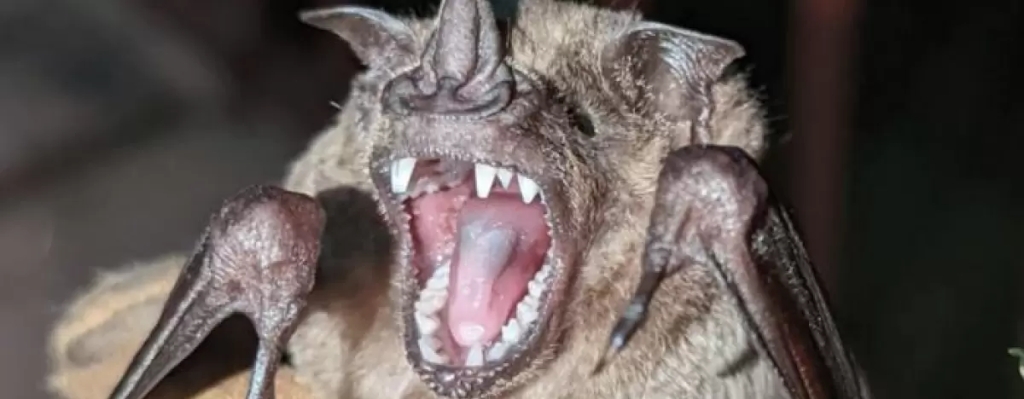IOS funds a wide range of research aimed at improving our understanding of organisms as integrated units of biological organization. There are five Core Clusters that support projects focusing on development, behavior, neuroscience, physiology, biomechanics and morphology, microbiology, immunology, virology, and plant and animal genomics. In this series of blog posts, we will highlight a few studies supported by an IOS cluster that have been featured by NSF News. This can help give potential investigators a sense of the work each cluster supports.
Check out our previous post on work supported by the Behavioral Systems Cluster HERE.
The Developmental Systems Cluster supports research on how the properties of organisms emerge from the interactions of developmental processes. Focus areas include plant, fungal and microbial development; animal development; and the evolution of developmental mechanisms. There are three programs within the cluster.
- The Plant, Fungal and Microbial Developmental Mechanisms Program supports research that addresses developmental processes in plants from algae to angiosperms, microbes and fungi.
- The Animal Developmental Mechanisms Program supports research that seeks to understand the processes that result in the complex phenotypes of animals.
- The Evolution of Developmental Mechanisms Program supports research to discover the developmental processes that are shared by all organisms, and also those processes that produce diversity (phenotypic variation within a species and/or between species).
For general inquiries about the Developmental Systems Cluster, you may contact us at IOSDSC@nsf.gov.
Take a look at some of the work the cluster has funded in the past few years:
The Plant, Fungal and Microbial Developmental Mechanisms Program
Role of the Antiflorigen TFL1 in axillary meristem fate

Photo Credit: Wagner laboratory.
IOS Award #1905062 was granted to the University of Pennsylvania on behalf of Doris Wagner to supportwork researching small proteins, called florigen and antiflorigen, that can move from one part of the plant to another and influence plant form and timing of developmental transitions. By manipulating the genes of these proteins, some have argued that it could lead to the next “green revolution,” as one could theoretically “trick” a plant into producing flowers and fruit or seed in non-typical conditions. Wagner believes the findings have potential for applications in plant breeding and agriculture. Read about the findings in Nature Communications. For more details, check out NSF News.
Animal Developmental Mechanisms Program
DM Genes and Dynamic Specification of Dimorphism

Photo Credit: University of Rochester Medical Center.
IOS Award #1353075 was granted to the University of Rochester on behalf of Douglas Portman for work in sexual development using the model species C. elegens. The research aimed to determine how a set of conserved genes (the DMRT genes) act as a bridge between minimal genetic sex differences and the changes in developmental and physiological programs that distinguish males and females. The research revealed a surprising new molecular mechanism that controls the timing of sex-specific changes in body shape, the maturation of neural circuits, and behavior. Read about the findings in Developmental Cell and eLife. For more detail, check out NSF News.
Evolution of Developmental Mechanisms Program
Understanding the role of developmental bias in the morphological diversification of bat molars

Photo Credit: Alexa Sadier.
IOS Award #2017738 was granted to the University of Washington on behalf of Sharlene Santana for work investigating the patterns and drivers of tooth evolution in an ecologically diverse animal group, noctilionoid bats. There are over 200 species of noctilionoid bats, and despite being close relatives, their jaws evolved in wildly divergent shapes and sizes to exploit different food sources. The study reveals valuable information about how teeth develop and how tooth development has changed in different species of bats. In turn, this study demonstrates that basic research in less well-studied animals can answer larger questions that are applicable to humans and how humans develop. Read about the findings in Nature Communications. For more detail, check out NSF News.
To see more awards made by the Developmental Systems Cluster, click HERE.
